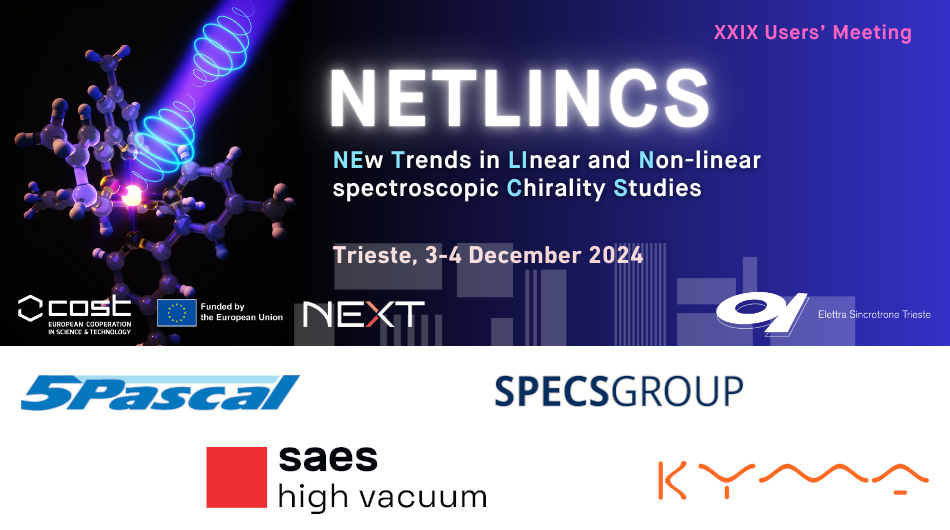Speaker
Description
This presentation will give an overview about the generation and applications of X-ray beams that exhibit an orbital angular momentum (OAM) using helical zone plates, focusing particularly on their ability to probe chiral properties in matter. Helical (or spiral) zone plates represent an advanced class of diffractive optical lenses that can modulate the phase of light while focusing it at the same time. The resulting beams with twisted wavefronts carry OAM, a property of light that is different from the spin angular momentum (SAM) that is widely known from X-ray circular dichroism.
In the first part of the presentation, we will hear about the principle on OAM-carrying radiation and shed light on how helical zone plates create those beams. The great advantage of this method lays in the well-defined topology, which allows for careful controlling of the phase gradient, and as such the topological charge. We will also discuss the limitations, the stringent need for coherent and astigmatic illumination and the break-down of vortices with high topological charges in many smaller sub-vortices.
In the second part, we delve into recent findings on how OAM beams interact with chiral molecules and magnetic nanostructures, revealing helical dichroism effects that are sensitive to the handedness of the structures. Especially for the realm of naturally chiral molecules, this method is a valuable alternative to the rotation of the polarization plane or the differential absorption of circularly polarized light in the visible light domain. Additionally, we demonstrate how these beams enhance the resolution of high-precision imaging techniques such as ptychography.
Potential future applications in the X-ray domain lay in the observation of 3-dimensional magnetic structures – for instance Hopfions – or in super-resolution fluorescence microscopy, dynamic observation of chiral entities, such as Skyrmions, as well as in more systematic investigation of chiral molecules, crystals and metamaterials.

